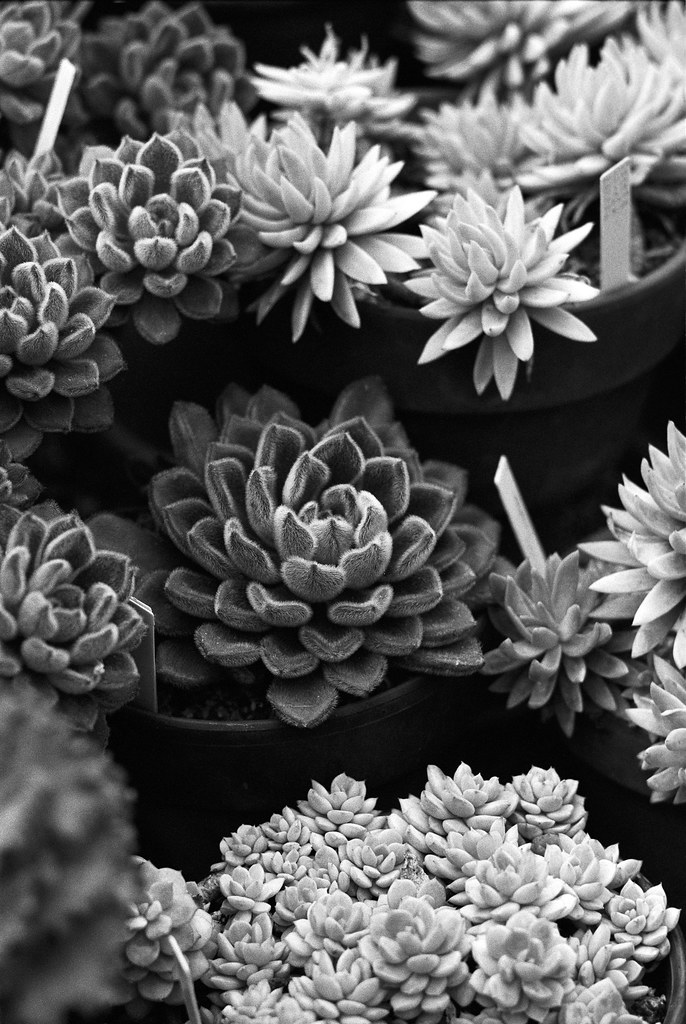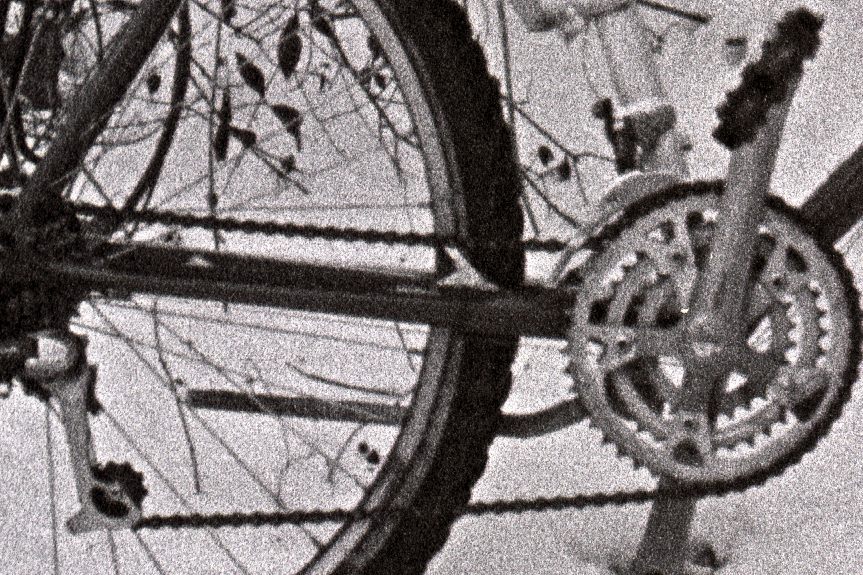Arjay
Time Traveller
I've been using a Nikon Coolscan V ED to scan my 35mm films. Generally, the scanner does what it is supposed to do, but it appears that its LED illumination unit produces a very harsh light which seems to accentuate silver halide film grain.
Scanning at the unit's native resolution (4000dpi) seems like the best way to minimize image quality losses, but at the same time, the scanner also reproduces the film's grain structure faithfully and obtrusively.
I feel that the 4000 dpi resolution is finer than the film's actual grain structure, so there might be two ways to solve the grain problem:
If you went the software route, which workflow did you use? Did you employ noise filtering software, and if so, using which settings?
If you used the frosted glass plate way, what were your findings? How did you circumvent scanner error messages for auto exposure measurement and autocalibration? Which scanner settings did you use in either the Nikon Scan or Vuescan scanning programs?
Scanning at the unit's native resolution (4000dpi) seems like the best way to minimize image quality losses, but at the same time, the scanner also reproduces the film's grain structure faithfully and obtrusively.
I feel that the 4000 dpi resolution is finer than the film's actual grain structure, so there might be two ways to solve the grain problem:
- Scan at native scanner resolution (~ 5900 x 3900 pixels for a 35mm negative, equivalent to ~ 23 Megapixels) and then downrez the image via software. I think this might be a viable option, because the original scanning resolution probably is higher than the film's actual (grain-based) resolution - at least for medium to high film sensitivities.
- Use a plate of frosted glass in front of the LED unit to slightly diffuse the light source. This measure has reportedly improved grain reduction on a Minolta DiMAGE ScanMulti PRO scanner that uses cold-cathode lighting (google 'Scanhancer'). It appears that it is possible to modify a Nikon MA-21 slide holder accessory to the Coolscan V ED with such a glass plate.
If you went the software route, which workflow did you use? Did you employ noise filtering software, and if so, using which settings?
If you used the frosted glass plate way, what were your findings? How did you circumvent scanner error messages for auto exposure measurement and autocalibration? Which scanner settings did you use in either the Nikon Scan or Vuescan scanning programs?




